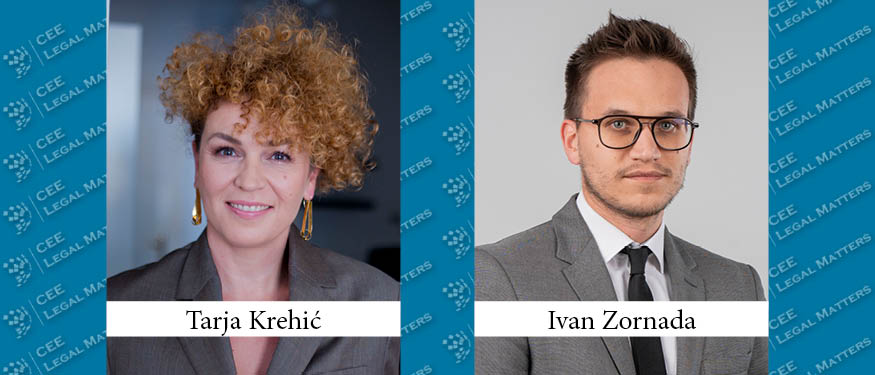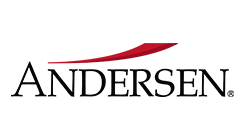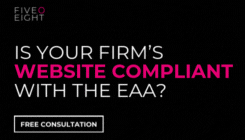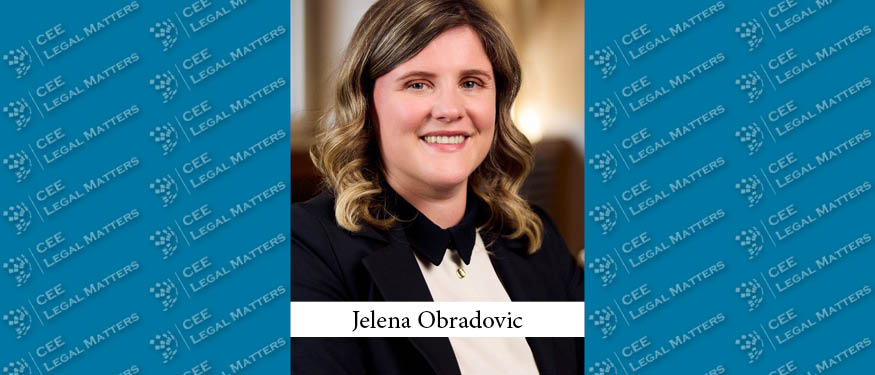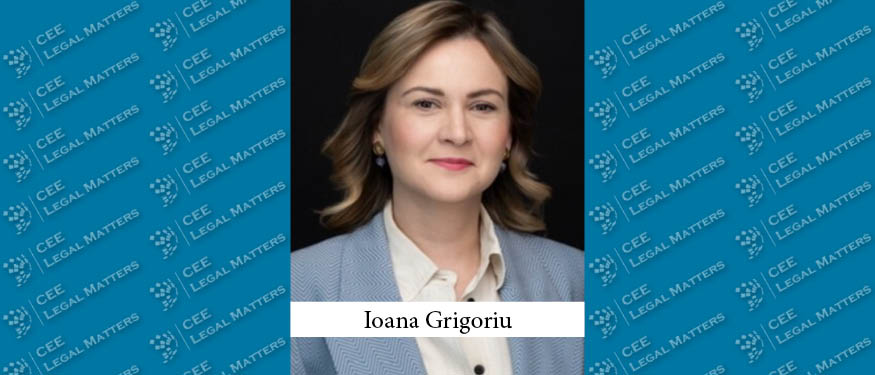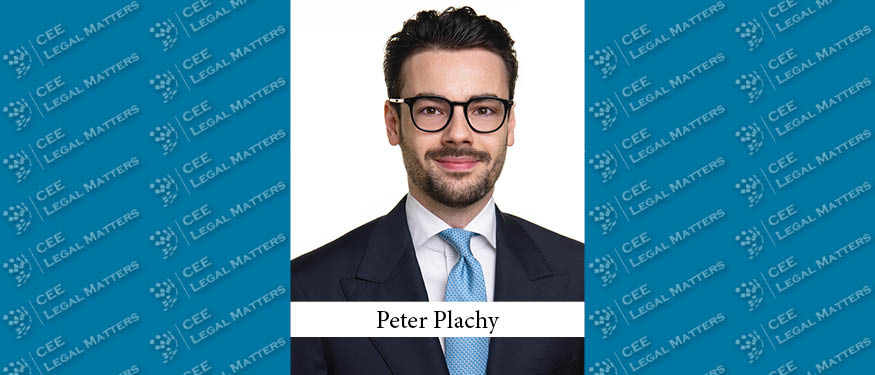In recent years, Croatian enterprises have increasingly embraced innovative ownership structures to retain and incentivize top talent. Initially spearheaded by the IT sector, this trend has expanded across industries, from established family businesses to emerging ventures. The rationale is straightforward: aligning employee interests with long-term corporate success through equity participation.
The IT sector, known for pioneering workplace perks, was among the first to recognize the strategic value of offering ownership stakes to key employees. This approach not only optimizes compensation but also ensures alignment with corporate objectives, particularly in anticipation of potential exit scenarios.
As the trend gains momentum, companies are adopting diverse employee ownership models, with Employee Stock Ownership Plans (ESOPs) and their variations at the forefront. While the tax treatment of traditional ESOPs has improved as of 2024, many enterprises are gravitating toward alternative structures, particularly those involving holding companies.
1 The Holding Company Model
This approach involves establishing a holding company jointly owned by the founder and key employees. Rather than granting direct stakes in the operating entity, the founder transfers a portion of their shares to the holding company, thereby indirectly linking employees to the business. This model offers several advantages:
- Control and Flexibility
- Founders retain greater influence over the operating company while maintaining flexibility in profit distribution.
- Ease of Unwinding
- Mechanisms can be implemented to automatically manage the return of an employee’s stake, minimizing administrative burdens.
However, this model may fall short in adequately rewarding employees during exit events, as their indirect ownership may not fully capture the value realized.
2 Hybrid Solutions
To address these limitations, Croatian companies are increasingly adopting hybrid structures that combine elements of traditional ESOPs and holding company models. These hybrids ensure that key employees are appropriately rewarded in exit scenarios, even if their indirect ownership does not directly reflect the company’s valuation.
3 Implementation Considerations
Designing and implementing employee ownership structures is a nuanced process requiring meticulous coordination between legal and tax advisors. Key considerations include:
- Control Mechanisms
- Safeguarding the founder’s interests while ensuring fair employee participation.
- Exit Protocols
- Clearly defining the terms under which an employee’s stake can be returned or redeemed
- Legal Formalization
- Engaging experienced notaries to formalize and deposit relevant documentation
In our recent experience, three out of five employee ownership projects involved holding company structures, one followed a traditional option plan, and one adopted a hybrid approach tailored to the company’s specific needs.
Ultimately, the most successful enterprises view employee ownership not merely as a structural tool but as a strategic imperative. By fostering loyalty, motivation, and alignment, these companies are better positioned to navigate an increasingly competitive market and achieve sustainable growth.
By Tarja Krehic, Managing Partner, and Ivan Zornada, Partner, Krehic & Zornada Law Office

